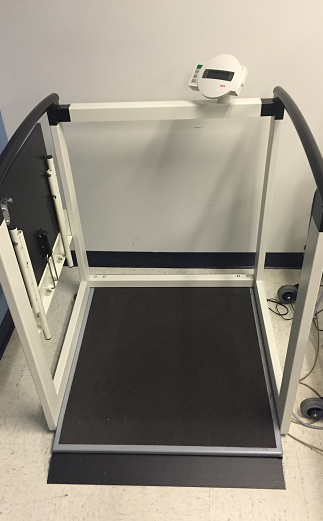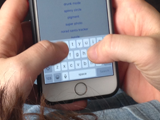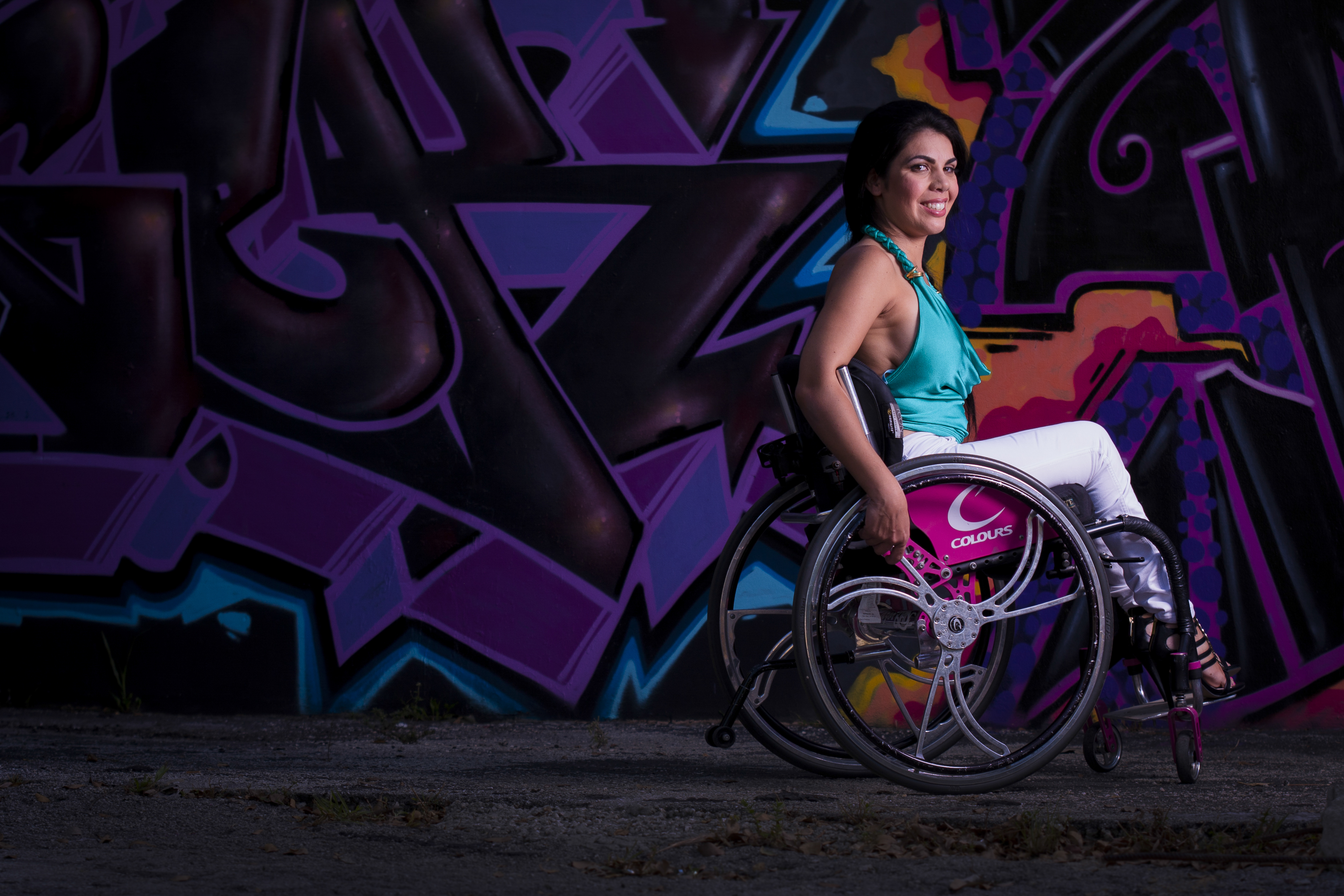Staying on track: Ways to monitor your weight while living with a mobility impairment
As a graduate student learning more about the disability community with GoWoman, I was surprised to learn that many people who use wheelchairs have no idea how much they weigh. Most able-bodied people can buy a scale for $20 and easily weigh themselves – however, many people with disabilities struggle to monitor their weight.

Platform scales, utilized by those with wheelchairs, are few and far between in the community. Though a doctor’s office may have a wheelchair scale, not all scales are created equal. Scales that can accommodate a manual chair may not be large enough or have the weight capacity for a power chair. In addition, this process can be tedious. You have to weigh yourself in the wheelchair, then transfer out of the wheelchair and weigh it by itself, subtracting to calculate your own weight.
Many healthcare providers do not provide transfer assistance and may not have a comfortable or safe place for the individual to transfer to. Wheelchair scales are often located in public areas that offer little privacy.
For example, Houston is home to a world-class medical center with thousands of medical offices, yet we know of only a handful that have an accessible platform scale. Most of these scales are not available to the general public.
Individuals who use wheelchairs need more options and opportunities to track their weight in the community and at home.
The good news is there are other ways to monitor your progress besides using a scale. We might even argue that these are better ways! We advise participants in our studies to use a tape measure and measure their waist, hips, and neck to track progress. Research indicates that measuring waist circumference is just as good as or even better than measuring weight. Here are a few tips to help measure waist circumference:
- Start from the navel and pull the tape measure snugly around the narrowest part of your waist.
- Make a habit of taking the measurement when you are in the same position at the same time of day, such as before going to bed, for the best comparison.
- Don’t be afraid to ask a family member or attendant for help if this is hard to do.

Another option is to simply keep track of how your clothes are fitting and your energy level. Many individuals with disabilities are great at understanding their bodies and how they are feeling. If you feel great, full of energy, and generally healthy, this is likely a reflection of how your body is functioning.
Keep a journal for a month or so, noting your waist circumference, what you ate each day, how you would rate your energy level and what your mood was like. If you receive a blood test, ask for a copy and add this to your journal as well. When you look back over this information, some interesting patterns may emerge.
These options are valid and can be motivating as you work towards your health and wellness goals, whether or not you are able to weigh yourself. After all, your overall health is the number one concern!
Please share with us any other ways you have found to track your weight at home or in your community in the comments below.
-By Stephanie Silveira, B.S., research assistant for the GoWoman study, Center for Research on Women with Disabilities at Baylor College of Medicine and TIRR-Memorial Hermann




